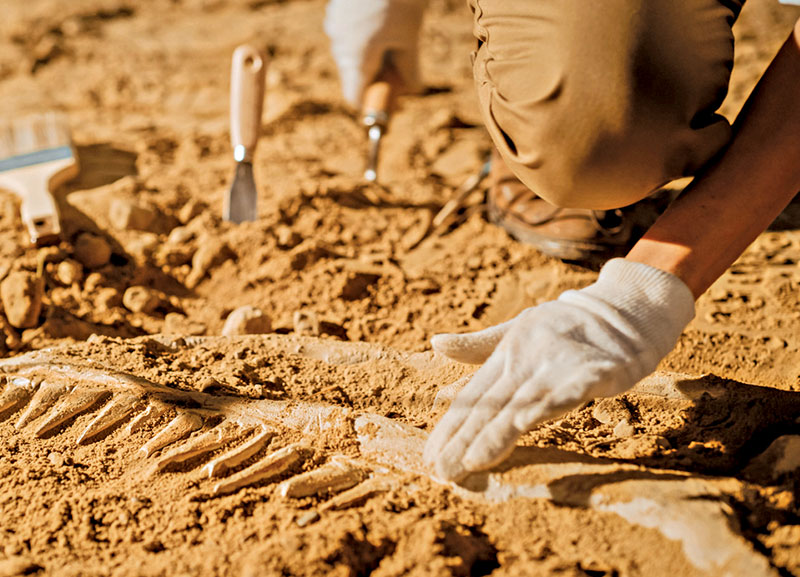

Palaeontologists discovered a huge 42,000-year-old fossil of an ancestor of the present-day Australian kangaroo species in Nombe Rockshelter, an archaeological site in central Papua New Guinea.

Palaeontologists discovered a huge 42,000-year-old fossil of an ancestor of the present-day Australian kangaroo species in Nombe Rockshelter, an archaeological site in central Papua New Guinea. According to researchers, the last species in the genus was a cousin of the present-day eastern red and grey kangaroos but didn’t resemble them. The animal, renamed Nombe nombe by scientists, resided in rich montane forests with thick undergrowth. It used its thick and strong jaw bones and powerful chewing muscular tissue to eat tough leaves from shrubs and trees. This discovery will provide researchers with more insights into the evolution of kangaroos.





